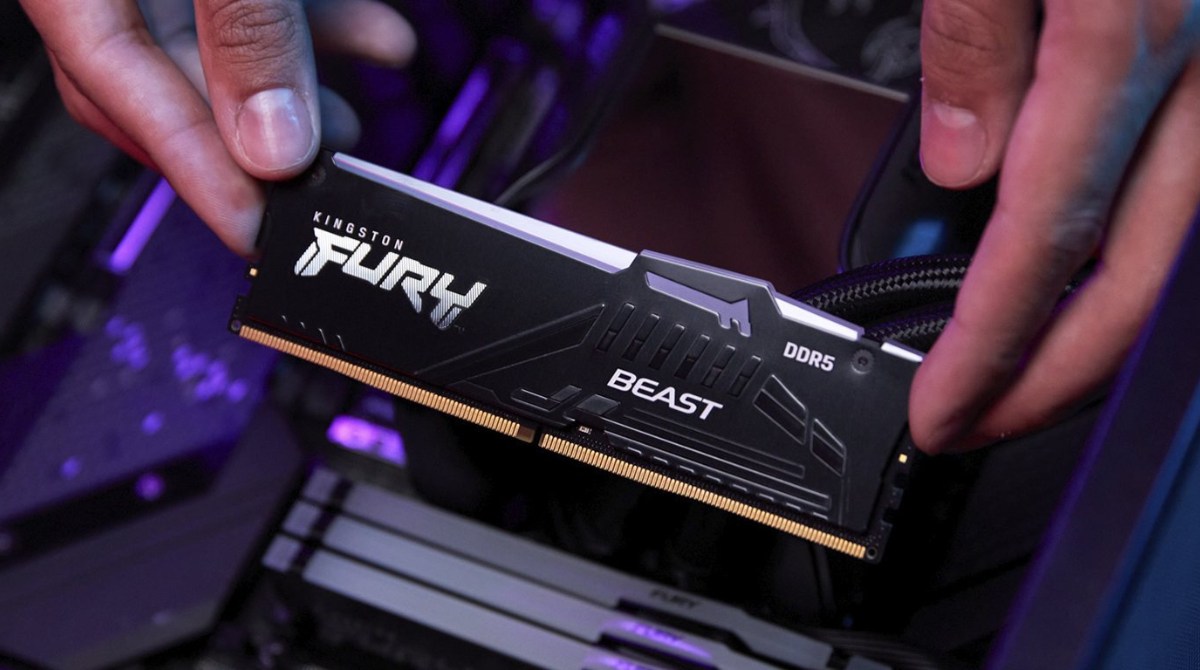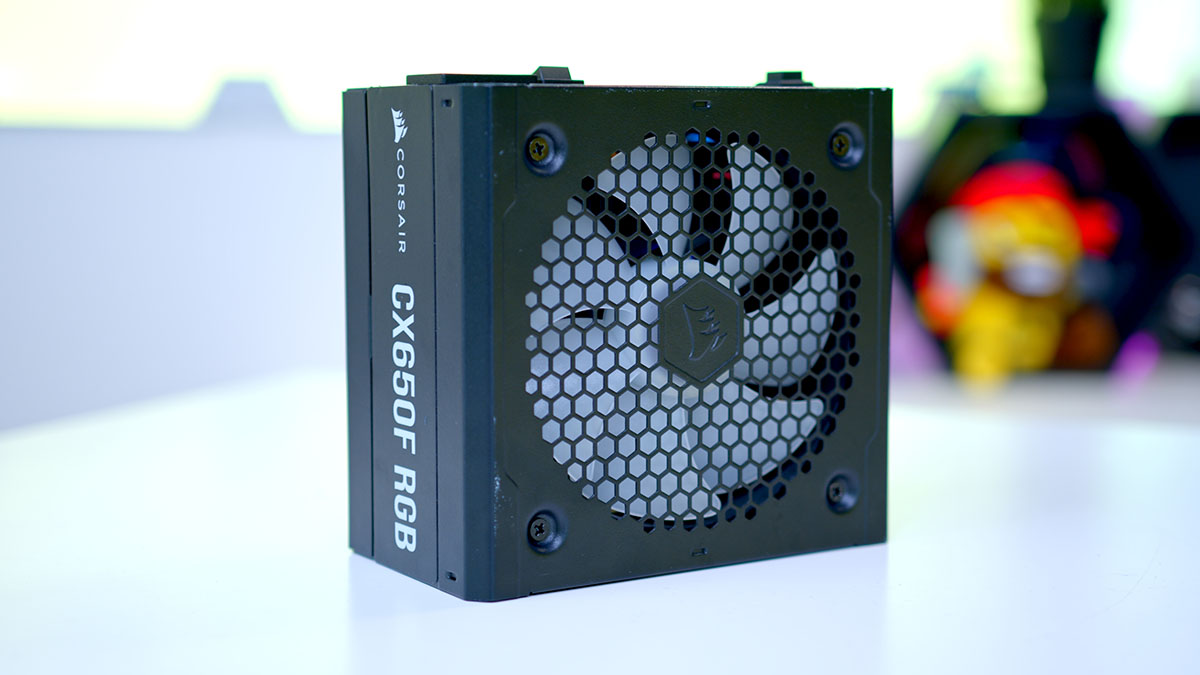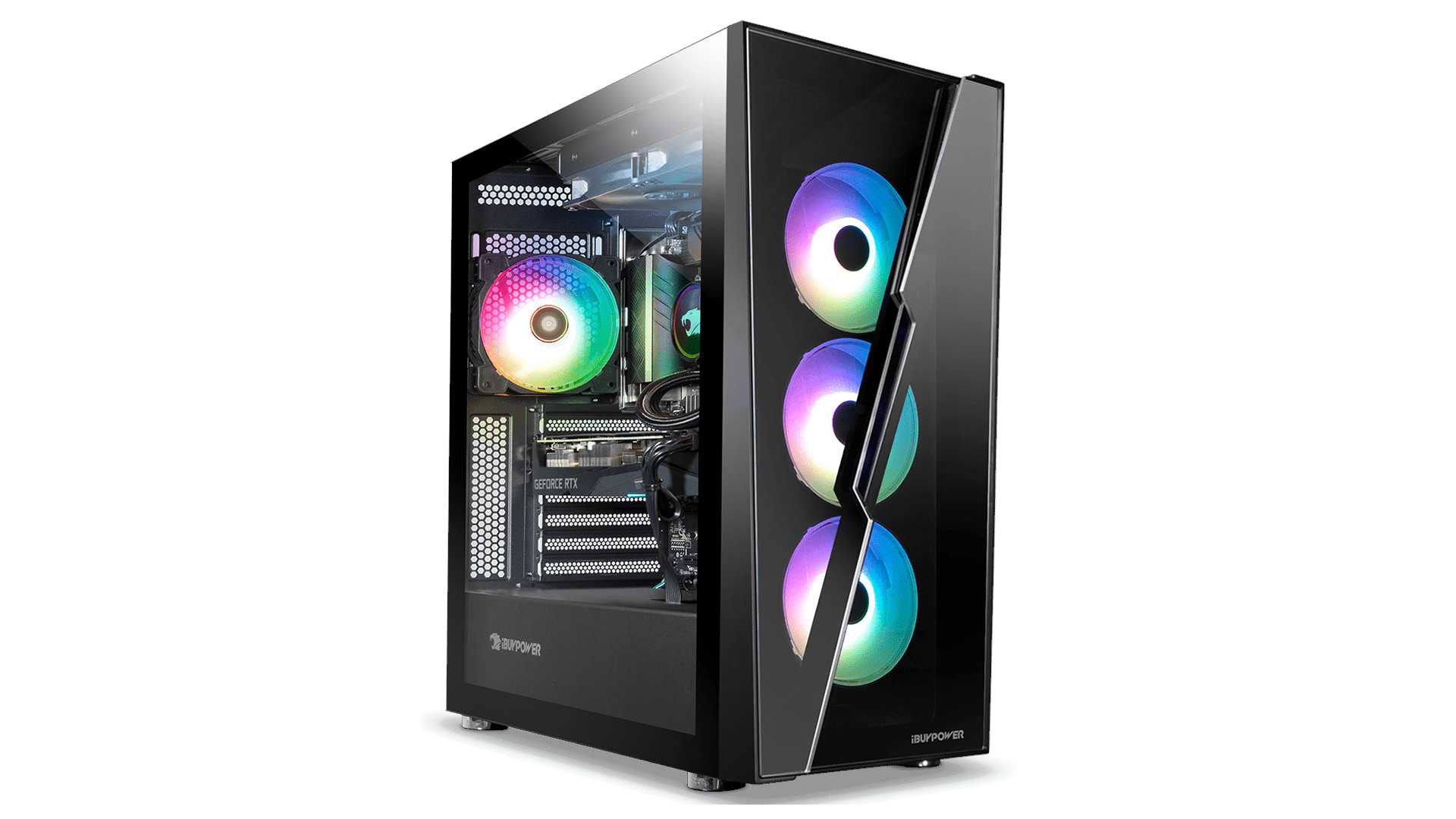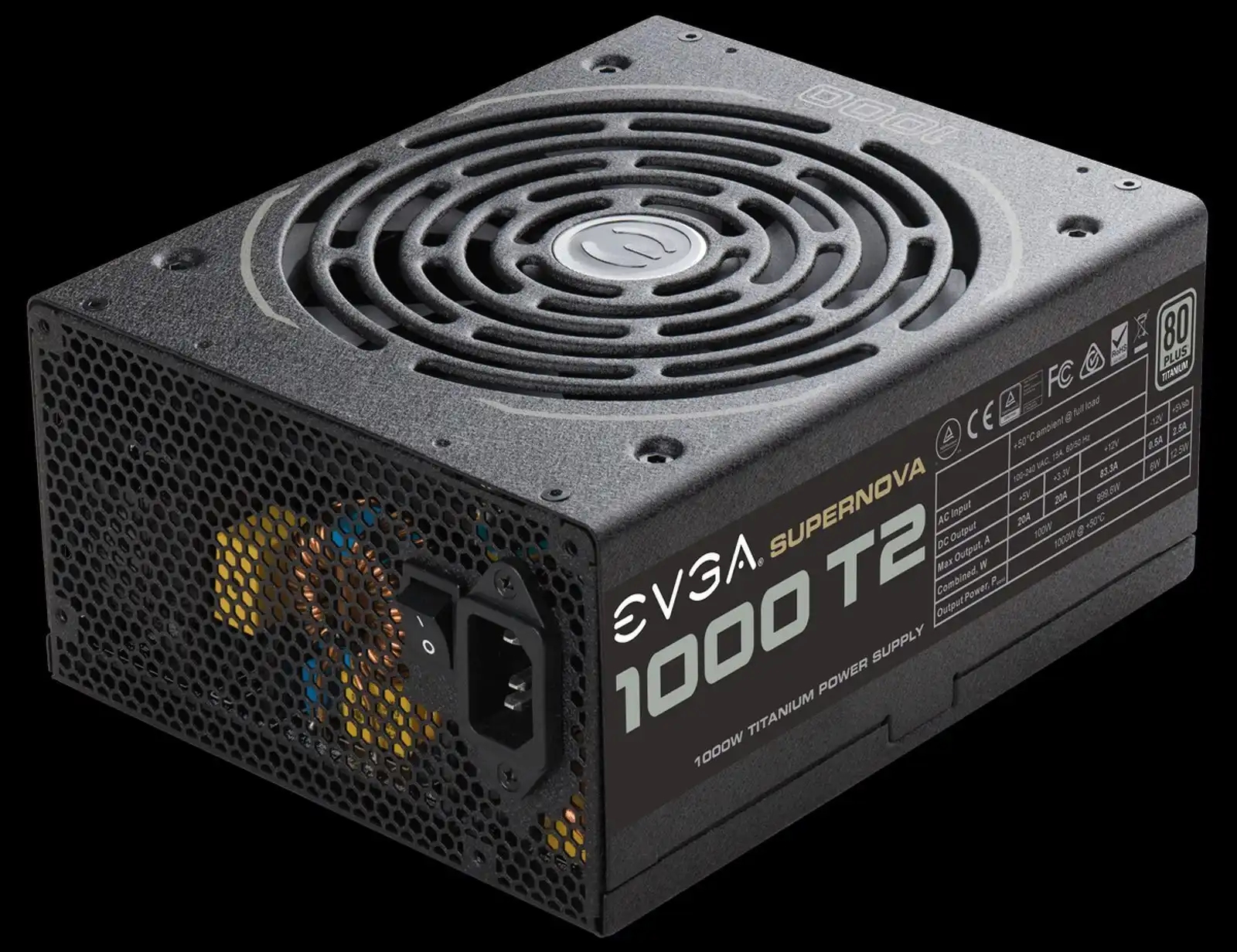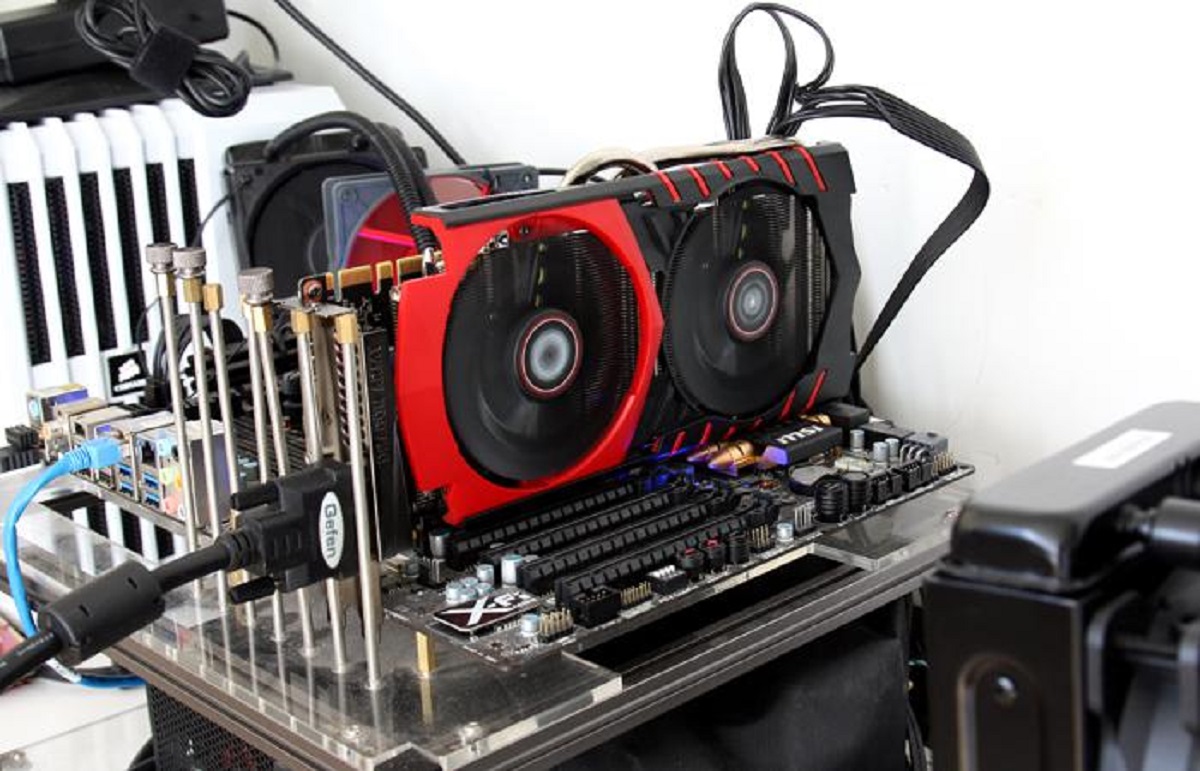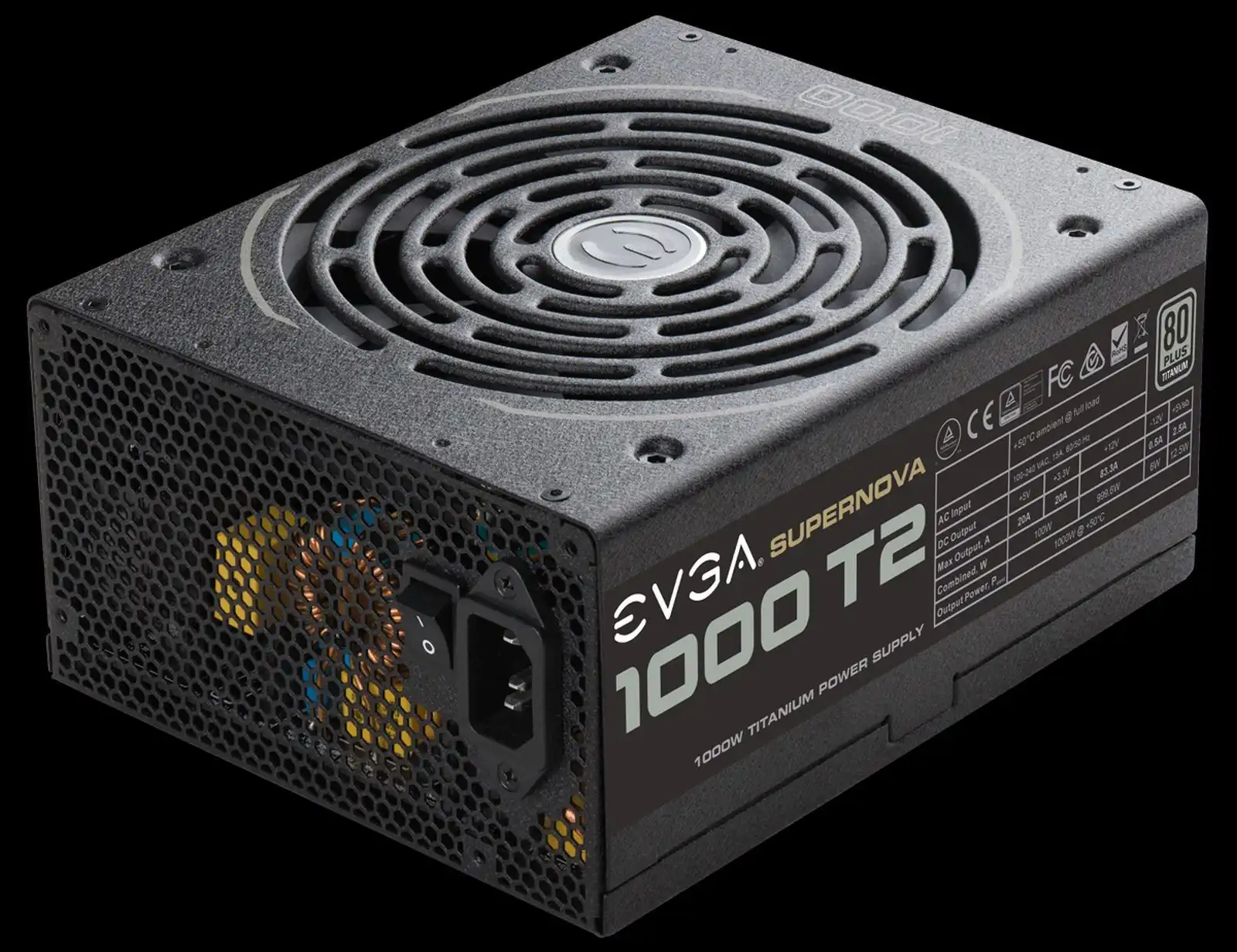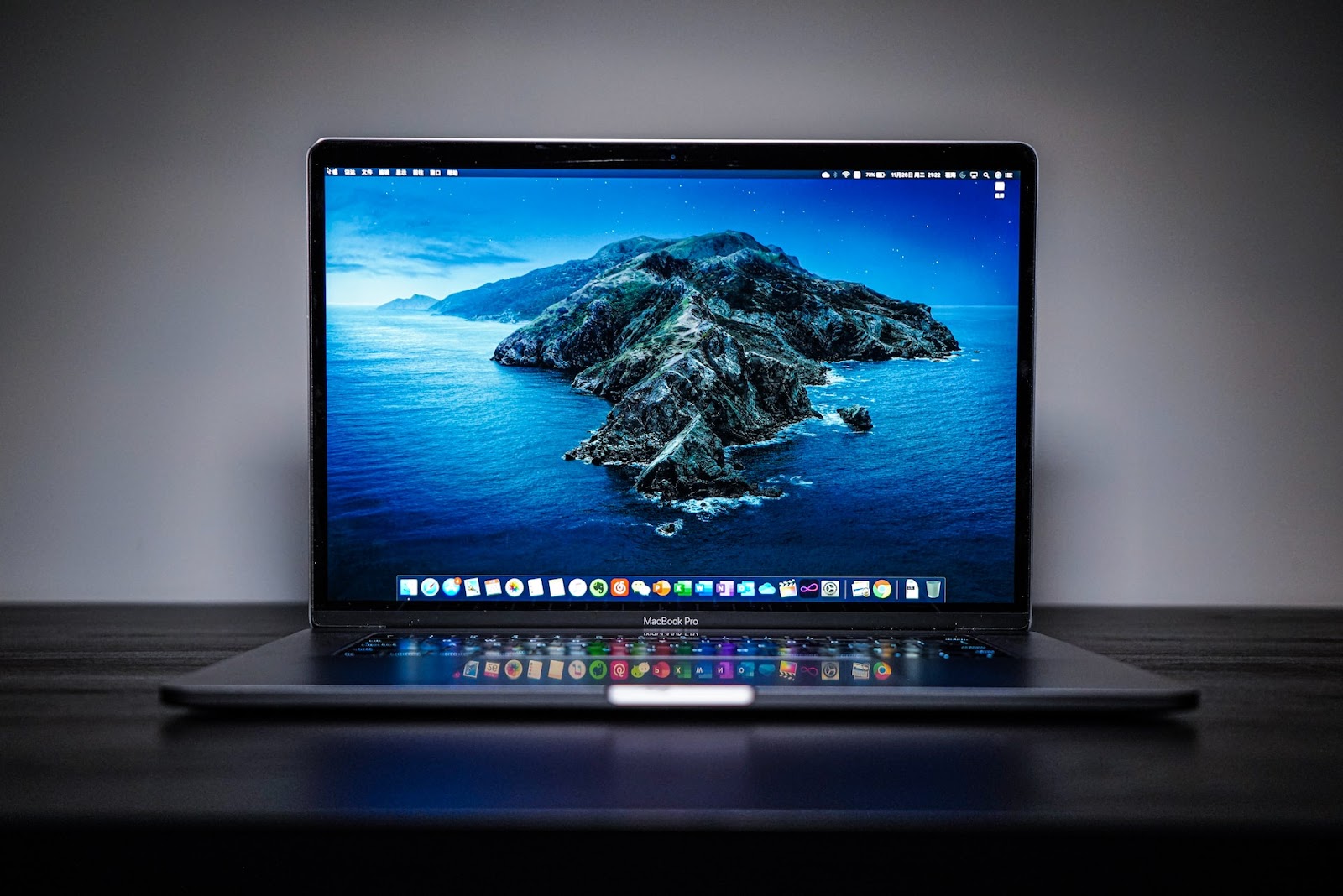What is RAM?
RAM, or Random Access Memory, is an essential component of any computer or electronic device. It is a type of volatile memory that stores data and instructions required by the CPU (Central Processing Unit) for immediate access. Unlike a hard drive or SSD, which store information for the long-term, RAM provides temporary storage that is fast and readily accessible.
Think of RAM as a workspace that allows the CPU to perform tasks efficiently. When you open a program or load a file, the necessary data is temporarily stored in RAM, allowing the CPU to quickly access it. The more RAM your device has, the more tasks it can handle simultaneously without experiencing significant performance slowdown.
RAM operates at high speeds, allowing for fast data retrieval. It is the main memory component that determines how smoothly your device runs, impacting factors such as multitasking capability, application loading times, and overall system performance. With sufficient RAM, you can navigate between applications seamlessly, edit large files smoothly, and run resource-intensive programs without lag.
RAM is available in various types, such as DDR3, DDR4, and DDR5, each with different speeds and capabilities. It comes in modules that can be inserted into slots on the motherboard, and the amount of RAM you can use is limited by the specifications and capacity supported by your motherboard.
Overall, RAM is an integral and vital component of any computing device, contributing to its speed, responsiveness, and multitasking capability. It plays a crucial role in improving user experience and ensuring smooth and efficient performance.
How does RAM work?
Understanding how RAM works is essential to grasp its role in a computer system. When you turn on your device, the operating system and other essential programs are loaded into RAM from the storage devices, such as hard drives or SSDs. This initial loading process is known as booting up.
RAM consists of millions of tiny electronic components called capacitors and transistors, organized into a grid-like structure. Each memory cell is capable of storing a single bit of information, either a 0 or a 1. These bits are arranged in rows and columns, forming a matrix, with each intersection representing a memory address.
When the CPU needs a specific piece of data or code, it sends a request to the memory controller, which determines the address of the required information. The memory controller then activates the appropriate row and column in the RAM module, allowing the data to be read or written to that specific memory cell.
RAM operates at high speeds, with data transmission occurring through electrical signals. When data is stored in RAM, it remains accessible as long as the power is supplied. However, RAM is volatile memory, meaning that once the power is cut off, everything stored within it is lost.
RAM operates on the principle of electrical charges. When a capacitor holds an electrical charge, it represents a “1,” and when it does not hold a charge, it represents a “0.” The capacitors in RAM are refreshed periodically to maintain their charge, ensuring that the stored data remains intact.
One key aspect of RAM’s functionality is its ability to read and write data quickly. The CPU can retrieve or store information from or into RAM within nanoseconds, making it significantly faster than storage mediums such as hard drives or SSDs. This fast access to data allows the CPU to perform tasks swiftly and improves overall system performance.
In summary, RAM is a vital component that provides temporary storage for data and instructions needed by the CPU. Its fast access speeds and read/write capabilities contribute to the efficient operation of a computer system, ensuring smooth multitasking and overall performance.
The power consumption of RAM
The power consumption of RAM is an important consideration when building or upgrading a computer system. While RAM does consume power, it is relatively low compared to other components like the CPU or graphics card. However, understanding RAM’s power consumption can help determine the overall power requirements and optimize energy efficiency.
RAM power consumption primarily depends on two factors: voltage and frequency. Higher voltage and frequency levels generally result in increased power consumption. In modern systems, RAM typically operates at a voltage of 1.2 volts, although there are variations depending on the specific RAM type and manufacturer specifications.
When the computer is powered on, the RAM module receives power from the motherboard through the memory slots. The RAM consumes energy during data retrieval and storage processes. However, it’s important to note that RAM only consumes power when it’s actively performing tasks. When the computer is idle or in sleep mode, the RAM power consumption is minimal.
The power consumption of RAM can vary based on its capacity and the number of modules installed in the system. Generally, higher-capacity RAM modules tend to consume more power compared to lower-capacity ones. Additionally, using multiple RAM modules in a system can increase the overall power consumption slightly, as each module requires power to operate.
It’s worth mentioning that advancements in RAM technology have led to more energy-efficient modules. DDR4 RAM, for instance, consumes less power compared to its predecessor, DDR3. DDR4 RAM operates at lower voltages and can achieve higher data transfer rates with reduced power consumption.
When considering the power consumption of RAM, it’s important to factor it into the overall system power requirements. Although the power consumed by RAM is relatively low compared to other components, it contributes to the total power draw. Power supplies should be chosen with sufficient capacity to handle the power needs of all the components, including the RAM.
In summary, RAM does consume power, but its power consumption is relatively low compared to other components. Factors such as voltage, frequency, capacity, and the number of modules installed can influence RAM power consumption. Optimizing energy efficiency when choosing RAM modules and considering it in the overall system power requirements can help create an efficient and balanced computer system.
Factors influencing RAM power consumption
Several factors can influence the power consumption of RAM in a computer system. Understanding these factors can help users make informed decisions when selecting RAM modules and optimizing overall system power efficiency.
1. Voltage: The voltage at which RAM operates plays a significant role in its power consumption. Higher voltage levels generally result in increased power consumption. Modern RAM modules typically operate at a standard voltage of 1.2 volts, although some may require higher voltages for overclocking or specific performance requirements.
2. Frequency: RAM frequency, measured in megahertz (MHz), refers to the speed at which data can be transferred to and from the RAM module. Higher-frequency RAM modules generally consume more power due to the increased electrical activity required to handle the higher data transfer rates.
3. CAS latency: CAS latency (Column Access Strobe latency) is a measure of the time it takes for the RAM to respond to a request from the CPU. RAM modules with lower CAS latency values generally consume slightly more power as they have faster response times and require more electrical activity to maintain the responsiveness.
4. Capacity: The capacity of the RAM module, measured in gigabytes (GB), can also impact power consumption. Higher-capacity modules tend to consume slightly more power compared to lower-capacity ones. This is because larger memory arrays require more electrical activity to maintain the stored data.
5. Number of modules: Using multiple RAM modules in a system can increase the overall power consumption slightly. Each module requires power to operate, so having more modules will result in a higher power draw. However, the difference in power consumption between single-module and multi-module setups is typically minimal.
6. Technology: Advancements in RAM technology have led to the development of more energy-efficient modules. For example, DDR4 RAM consumes less power compared to its predecessor, DDR3. DDR4 operates at lower voltages while achieving higher data transfer rates, resulting in improved power efficiency.
7. Operating conditions: The operating conditions of the computer system can also impact RAM power consumption. Factors such as ambient temperature, system load, and overclocking can affect power requirements. Higher temperatures, heavy workloads, and aggressive overclocking settings can increase the power drawn by the RAM.
Overall, while RAM power consumption is relatively low compared to other components, several factors can influence its energy requirements. Voltage, frequency, CAS latency, capacity, number of modules, RAM technology, and operating conditions all play a role in determining the power consumption of the RAM module. By considering these factors, users can make informed choices to optimize system power efficiency and performance.
How much wattage does RAM typically use?
The power consumption of RAM modules can vary depending on several factors, including the specific type and configuration of the RAM, as well as the operating conditions of the system. Generally, RAM modules have relatively low power consumption compared to other components in a computer system.
On average, DDR4 RAM modules, which are commonly used in modern systems, consume around 1.2 to 1.35 volts of power. The power consumption of DDR4 RAM can range from as low as 1.2 watts per module for lower-speed modules to around 2 watts per module for higher-speed modules. It’s important to note that these figures are approximate and can vary depending on the specific model and manufacturer.
For example, a standard 8GB DDR4 RAM module operating at a voltage of 1.2 volts typically consumes between 2 to 4 watts of power. Higher-capacity modules, such as 16GB or 32GB, may consume slightly more power due to their larger memory arrays. However, the power difference between different capacity modules is often negligible.
It’s important to consider that power consumption can increase when running RAM at higher frequencies or when using modules with lower CAS latency. Overclocking the RAM can also result in higher power consumption. These factors can significantly impact the power draw of the RAM modules, so it’s important to ensure that the system’s cooling and power supply capabilities can handle the increased power requirements.
It’s worth noting that the power consumption of RAM is dynamic and dependent on the workload. When the system is idle or in sleep mode, RAM power consumption is minimized. Power consumption increases when the RAM is actively involved in data retrieval and storage processes, such as running applications or performing tasks that require frequent access to memory.
Overall, while RAM does consume power, its typical wattage usage is relatively low compared to other components in a computer system. The power consumption of RAM modules is influenced by factors such as voltage, capacity, frequency, CAS latency, and operating conditions. Understanding the power requirements of RAM can help users make informed decisions when selecting components and optimizing energy efficiency in their computer systems.
What happens if the RAM wattage exceeds the maximum supported by the motherboard?
When the wattage of the RAM modules exceeds the maximum supported by the motherboard, it can lead to various issues and potentially damage the components. Motherboards have specific power delivery guidelines and limitations, and exceeding those limits can have adverse effects on system stability and reliability.
If you attempt to install RAM modules with higher wattage than what the motherboard supports, the system may not be able to boot up properly. The motherboard’s power circuits may not be able to provide sufficient power to the RAM modules, resulting in unstable power delivery or even a complete failure to start. In some cases, the motherboard’s safety mechanisms may trigger, causing the system to shut down automatically to prevent damage.
Excessive power draw from the RAM can also put strain on the motherboard’s power delivery components, including voltage regulators and capacitors. These components are designed to handle specific power ranges, and exceeding those limits can lead to heat generation, increased stress, and potentially premature failure.
Additionally, running RAM modules with higher wattage than what the motherboard supports can result in system instability. The system may experience frequent crashes, random errors, or even fail to operate altogether. This instability can manifest in various ways, including blue screens of death, freezing, or application crashes.
It’s important to note that modern motherboards generally have protection mechanisms in place to prevent damage from excessive power draw. However, relying on these mechanisms is not recommended, as it can still lead to unstable performance and potential long-term damage to the system’s components.
To avoid these issues, it’s crucial to ensure that the RAM modules you choose are within the wattage limits supported by your motherboard. Consult the motherboard’s documentation or specifications to determine the maximum supported wattage for RAM. When upgrading or replacing RAM modules, be mindful of the power requirements and select modules that are compatible with your system’s specifications.
Overall, exceeding the maximum supported wattage for RAM on a motherboard can result in system instability, failure to boot, and potential damage to components. It is important to adhere to the motherboard’s specifications to ensure proper compatibility and reliable system operation.
Tips to reduce RAM power consumption
While RAM power consumption is generally low, there are several tips you can follow to optimize energy efficiency and reduce the power consumption of your computer system’s RAM. Implementing these tips can help conserve power, improve system performance, and contribute to a more sustainable computing experience.
1. Optimize RAM capacity: Avoid installing more RAM than you actually need. Unnecessary excess RAM can consume additional power without providing any noticeable performance benefits. Assess your computing requirements and install an appropriate amount of memory to minimize power consumption.
2. Use energy-efficient RAM modules: Look for RAM modules that are specifically designed for energy efficiency. Some manufacturers offer low-power variants of their RAM modules that consume less power while delivering similar performance. Choose RAM modules with lower operating voltages and optimized power profiles.
3. Lower RAM frequency: Running RAM at lower frequencies can reduce power consumption. Higher frequency RAM modules require more power to operate due to the increased electrical activity associated with faster data transfer rates. Adjusting the RAM frequency settings in your computer’s BIOS can help conserve power.
4. Properly manage background processes: Minimize the number of unnecessary background processes and applications running in the background. Running fewer processes and closing unnecessary applications can help reduce the demand on your RAM, resulting in lower power consumption.
5. Optimize software and operating system settings: Configure your operating system and software settings to minimize memory usage. For example, reducing the number of startup programs, disabling unnecessary background services, and optimizing virtual memory settings can help lower RAM power consumption.
6. Enable power-saving features: Some RAM modules, especially those designed for laptops or mobile devices, may have built-in power-saving features. Check your RAM module’s specifications or documentation to see if there are any power-saving options or features that you can enable to reduce power consumption.
7. Keep your system cool: Overheating can increase the power consumption of RAM and other components. Ensure proper cooling by maintaining clean airflow, regularly cleaning dust from fans and heat sinks, and using adequate cooling solutions, such as case fans or liquid cooling systems.
8. Upgrade to more efficient RAM technology: Consider upgrading to newer and more energy-efficient RAM technologies, such as DDR4 or DDR5. These newer generations of RAM can offer improved power efficiency compared to older RAM types like DDR3.
By implementing these tips, you can reduce the power consumption of your computer system’s RAM without compromising performance or functionality. Choosing the right RAM modules, managing software and settings, and keeping your system cool can help create a more energy-efficient computing experience.
Conclusion
RAM, or Random Access Memory, is a critical component of any computer system, providing temporary storage for data and instructions required by the CPU. While RAM does consume power, it is relatively low compared to other components such as the CPU or graphics card. Understanding the power consumption of RAM can help users make informed decisions when building or upgrading their computer systems.
We explored various aspects of RAM power consumption, including voltage, frequency, capacity, and the number of modules installed. Factors such as operating conditions and the specific technology used in the RAM modules can also impact power requirements. By considering these factors, users can optimize energy efficiency and prevent potential issues related to power delivery.
It is important to ensure that the RAM wattage does not exceed the maximum supported by the motherboard. Doing so can lead to system instability, failure to boot, and potential damage to components. Checking the motherboard’s specifications and selecting RAM modules within the supported wattage range is crucial for system compatibility and reliability.
Additionally, we provided tips to reduce RAM power consumption, such as optimizing RAM capacity, using energy-efficient modules, lowering RAM frequency, managing background processes, optimizing software and operating system settings, enabling power-saving features, keeping the system cool, and upgrading to more efficient RAM technology. Implementing these tips can help conserve power, improve system performance, and contribute to a more sustainable computing experience.
In conclusion, RAM power consumption is a crucial aspect to consider when building or upgrading a computer system. By understanding the factors that influence RAM power consumption and following the provided tips, users can optimize energy efficiency, enhance system performance, and ensure the smooth operation of their computers.







